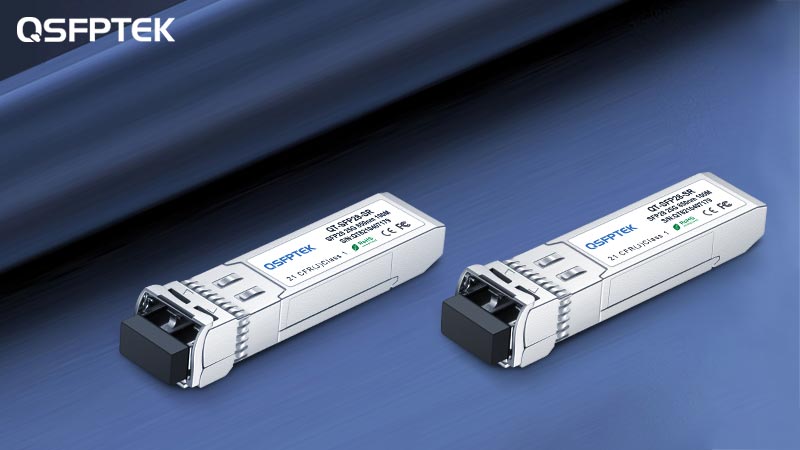In the modern digital era, multimedia streaming has become an integral part of our daily lives, with applications ranging from entertainment to business communications. As the demand for high-quality video and audio streams grows, so does the need for more robust and efficient network solutions. One such solution is the 25G module, a powerful tool that can significantly enhance multimedia streaming quality. This article explores the application of 25G modules in multimedia streaming, focusing on how high bandwidth and low latency can provide a superior user experience, supporting 4K/8K video streams and real-time audio-video communication.
Understanding 25G Modules
A 25G optical module is a high-speed transceiver designed for data transmission at speeds up to 25 gigabits per second (Gbps). These modules are commonly used in data centers and enterprise networks to facilitate high-speed connectivity and data transfer. They offer several advantages, including higher bandwidth, reduced latency, and improved energy efficiency compared to older technologies such as 10G modules. The adoption of 25G modules is driven by the increasing need for faster and more reliable network connections to support advanced applications like multimedia streaming.
Enhancing Video Streaming Quality
Supporting 4K/8K Video Streams
The rise of 4K and 8K video content demands significantly higher bandwidth compared to traditional HD streams. A single 4K video stream can require up to 25 Mbps, while 8K streams can demand up to 100 Mbps or more. 25G modules provide the necessary bandwidth to handle these high-resolution streams efficiently, ensuring smooth playback without buffering or interruptions. By leveraging the high-speed capabilities of 25G modules, content providers and streaming platforms can deliver ultra-high-definition video content to end-users, enhancing their viewing experience.
Reducing Latency for Real-Time Streaming
Latency is a critical factor in real-time streaming applications, such as live broadcasts, video conferencing, and online gaming. High latency can lead to delays, jitter, and a poor overall experience for users. 25G modules significantly reduce latency by providing faster data transmission and more efficient network traffic management. This reduction in latency is crucial for real-time interactions, ensuring that video and audio are synchronized and that there are minimal delays between the source and the viewer. As a result, users can enjoy a seamless and immersive experience, whether they are watching a live sports event or participating in a virtual meeting.
Ensuring Reliable and Stable Connections
Multimedia streaming requires a stable and reliable network connection to maintain consistent quality. Network congestion and packet loss can severely impact the quality of streaming content, leading to pixelation, audio dropouts, and other issues. 25G modules enhance network reliability by providing dedicated high-speed links that are less prone to congestion and interference. This ensures that data packets are delivered promptly and accurately, maintaining the integrity of the streaming content. By using 25G modules, streaming services can offer a more consistent and reliable experience, even during peak usage times.
Benefits of Real-Time Audio-Video Communication
High-Fidelity Audio and Video Quality
In real-time audio-video communication, such as video conferencing and VoIP calls, maintaining high fidelity of both audio and video is essential. 25G modules support the high bandwidth required for transmitting uncompressed or minimally compressed audio and video signals, ensuring that the quality is preserved from end to end. This results in clearer video images and crisper audio, enhancing the overall communication experience.
Scalability for Growing Demands
As organizations and consumers continue to adopt video communication tools, the demand for bandwidth will only increase. 25G modules offer the scalability needed to accommodate growing traffic without compromising on performance. They allow networks to handle more simultaneous video calls and higher-quality streams, making them ideal for businesses that rely heavily on video conferencing for daily operations.
Conclusion
The integration of 25G modules into multimedia streaming infrastructure offers significant advantages in terms of bandwidth, latency, and reliability. By supporting 4K/8K video streams and ensuring high-quality real-time audio-video communication, 25G modules provide a superior user experience that meets the demands of modern multimedia applications. As the digital landscape continues to evolve, adopting 25G technology will be essential for content providers, streaming platforms, and enterprises looking to deliver top-notch streaming services and stay competitive in a fast-paced, high-demand environment.
Keep an eye for more news & updates on Internal Insider!










